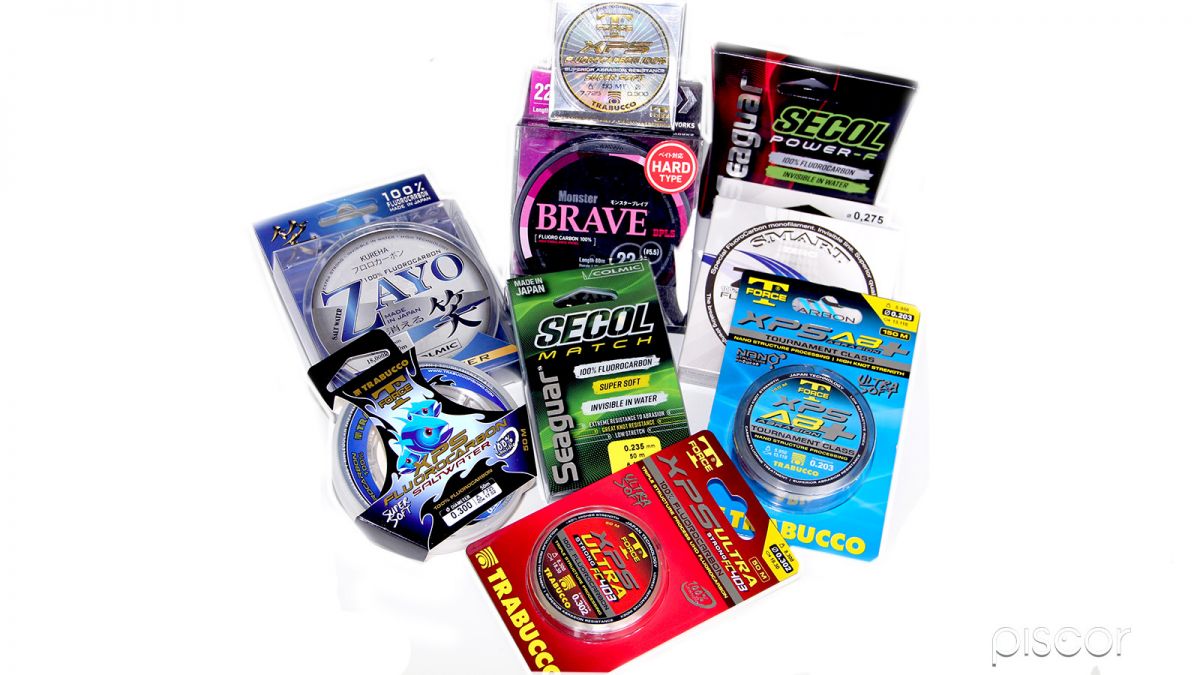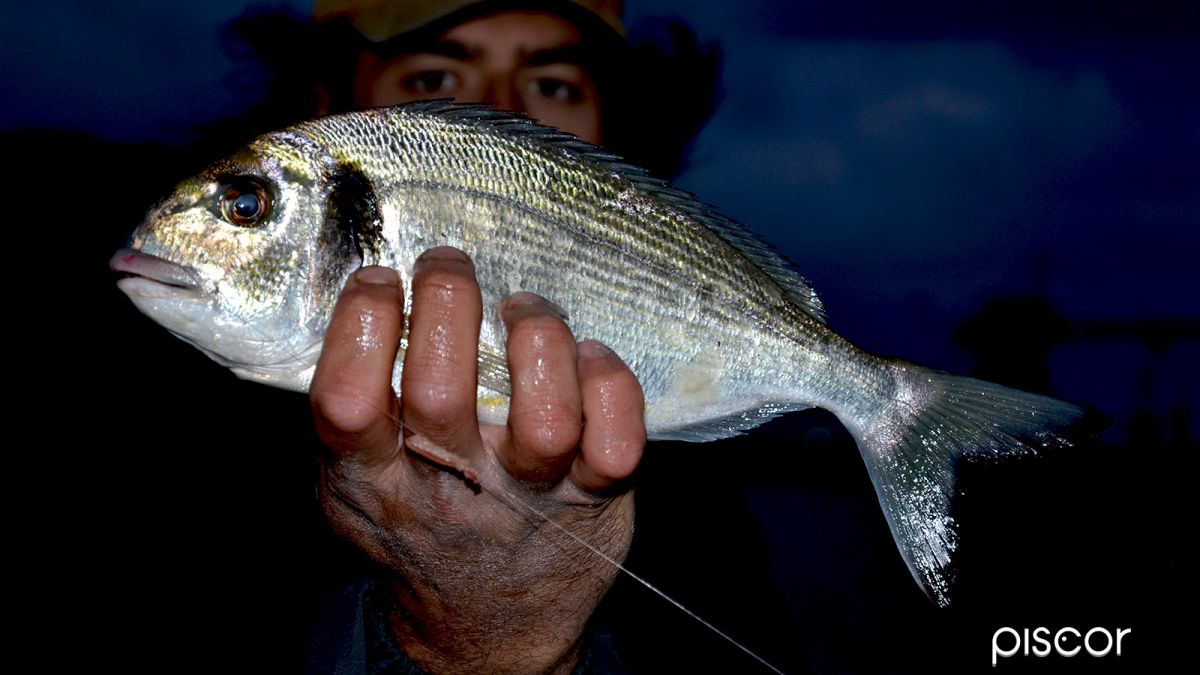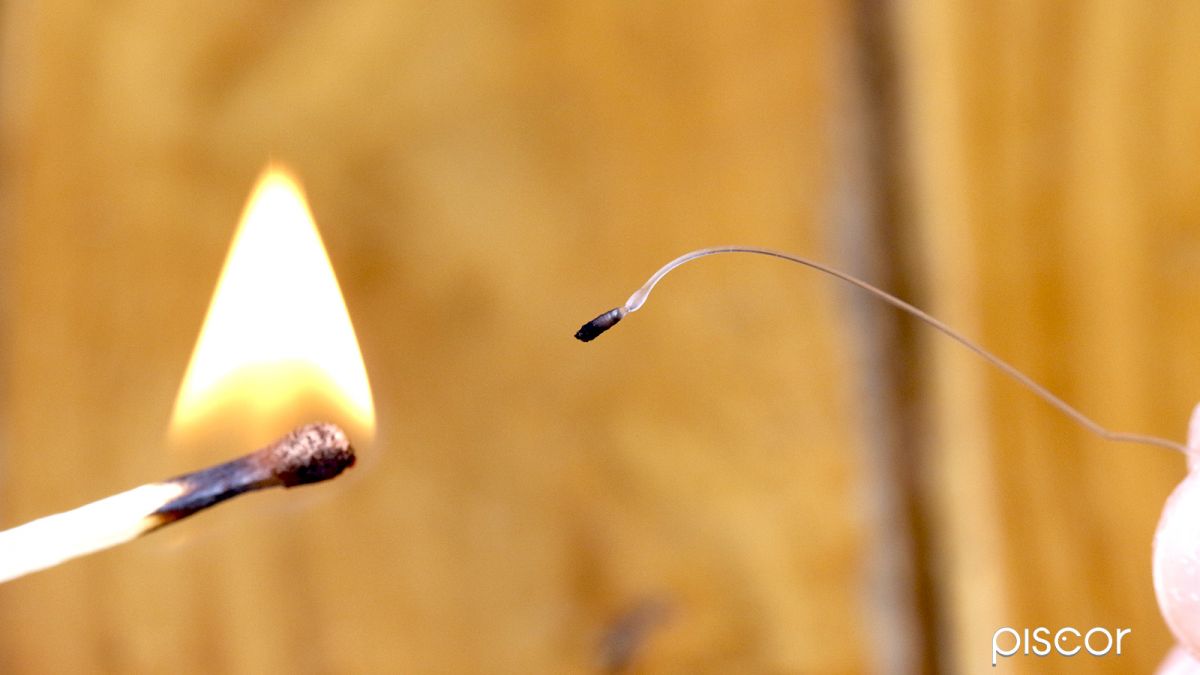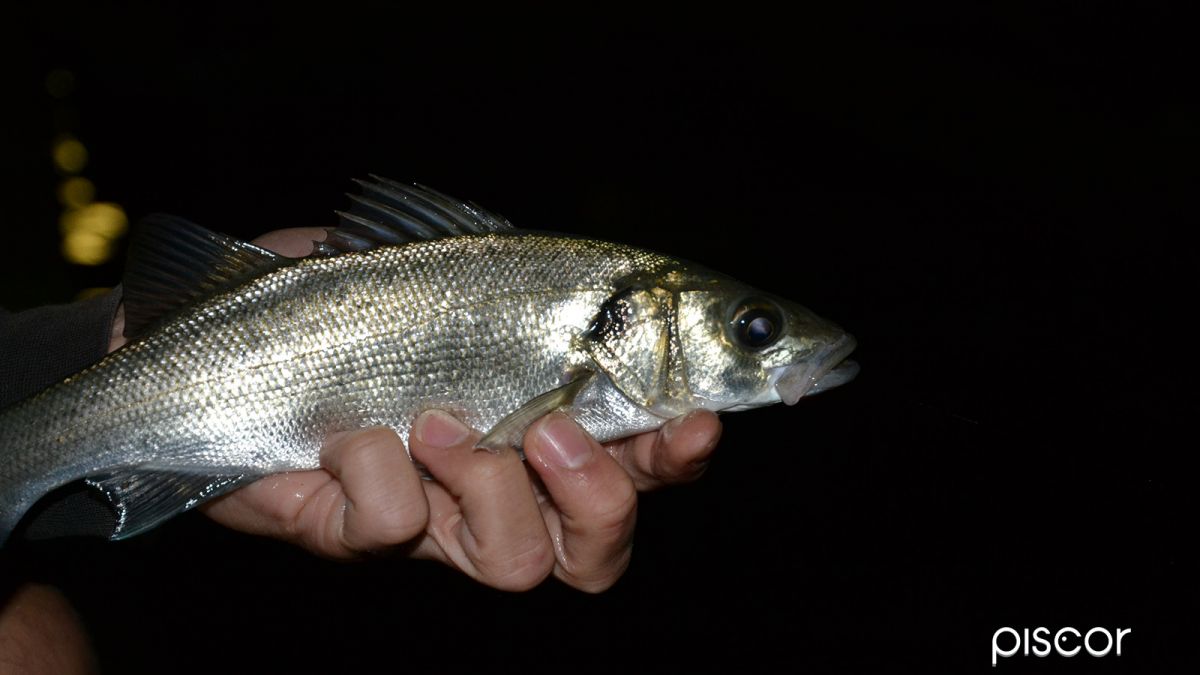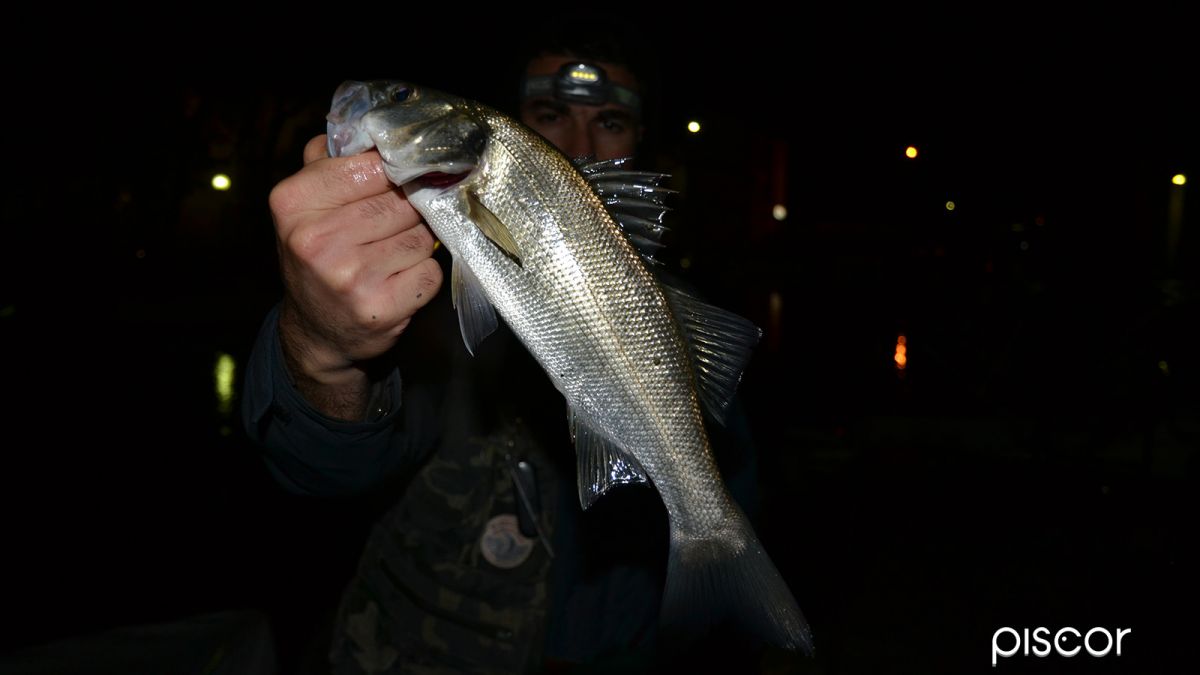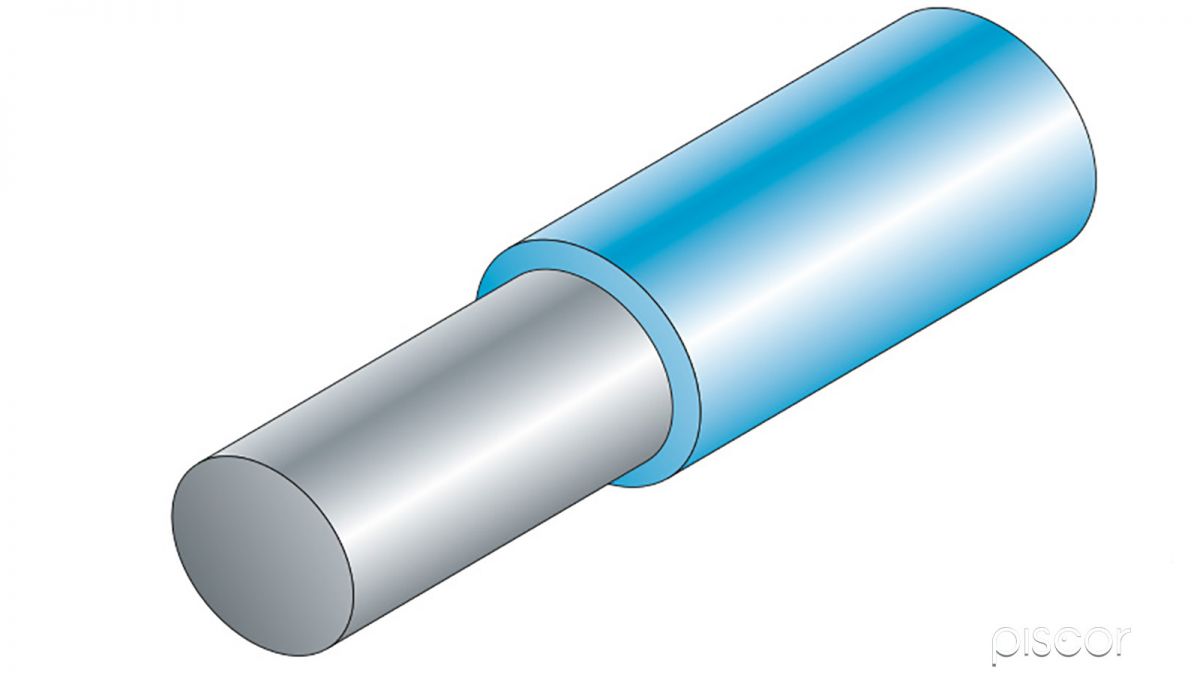The choice of the monofilament for the packaging of rigs must be made with great care. There are many on the market and all have a specific purpose, let's see them together. In all fishing techniques, but specially in surf casting, the choice of the rig wire must be made with the utmost knowledge of the facts.
We are talking about a wide range of diameters ranging from 0.12 mm for fishing up, especially in competitive fishing and mullet fishing, up to 0.50 mm used for fishing with living baits. Obviously, the diameters have a very precise purpose.
Today, there are essentially three types of wire used to make an excellent rig. All with different peculiarities. Until about twenty years ago, the wire par excellence was nylon in the clear version. Nylon has its advantages, there is no doubt about this and they are mainly contained in the softness, therefore a more natural presentation of the bait and in the breaking load, much more than other wire such as fluorine and fluorocarbon. Nylon is therefore recommended when the color of the water is very cloudy.
Analyzing the fluorine, it must be said that it is a good compromise between nylon and fluorocarbon. We are talking about a nylon coated fluorocarbon, so we have the softness and abrasion resistance, in this case. The degree of refraction is 1.41 versus 1.37 for fluorocarbon and 1.34 for water.
Intermediate elasticity and tightness at the knot very close to that of nylon. Fluorine has a specific weight lower than fluorocarbon, so it is widely used for surface fishing with flotation on the line and very small diameters. Ideal for sea bass fishing and all those fish that prefer movable bait, given its softness.
Fluorocarbon
To see if we really have a 100% fluorocarbon in our hands, we have to do the fire test. It consists of burning fluorocarbon with a flame and, if it is pure, it will not continue to burn like a simple nylon or fluorine would.
We can say without fear of denial that now the most used in all fishing techniques to almost is the fluorocarbon. This particular type of wire has its origins in Japan, a land where sport fishing at sea is very popular and, even technological innovation has always had an extra gear.
Let's see what are the characteristics that make him gain the highest step of the podium.
- High resistance to abrasion. Not a minor feature, its skin is much harder than that of nylon
- Refractive index of light very close to that of water, so the wire is invisible to the eyes of fish
- Resistance to ultraviolet rays
- The fluorcarbon does not change its characteristics once immersed in water because it does not absorb, unlike nylon moisture
- It sinks more sharply than nylon due to its specific weight
Fluorocarbon knots
Attention to the junction knots made with fluorocarbon, the characteristics defined so far as positive result instead negative in the knots that if not packaged with great precision, can tend to slide and open.
The common connection to each end thread is with the hook. Let's go back to the slightly basic one, the so-called simple winding knot, which is generally the first one to be learned.
Breaking loads
In this respect, the European Fishing Tackle Trade Association (EFTTA) has established strict rules to provide greater transparency for fishermen. The lines are tested by an external laboratory to ensure that the standards are strictly adhered to. We will see that often the declared values are very close to the pure invention and that for the same diameters and qualities the real values are very similar.
As far as the resistance of the wire is concerned, it is necessary to point out that the color has an incidence. The pigments used for the coloring of the nylon reduce the linear resistance. A pure nylon with a crystal color (transparent) will not have this problem. A black, light blue or light green thread will suffer a loss of strength.

